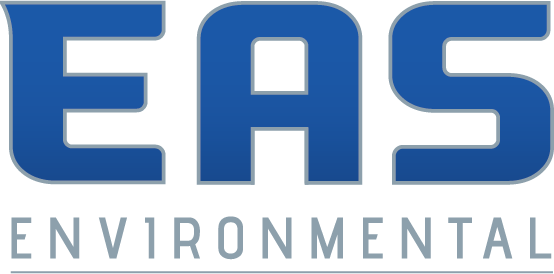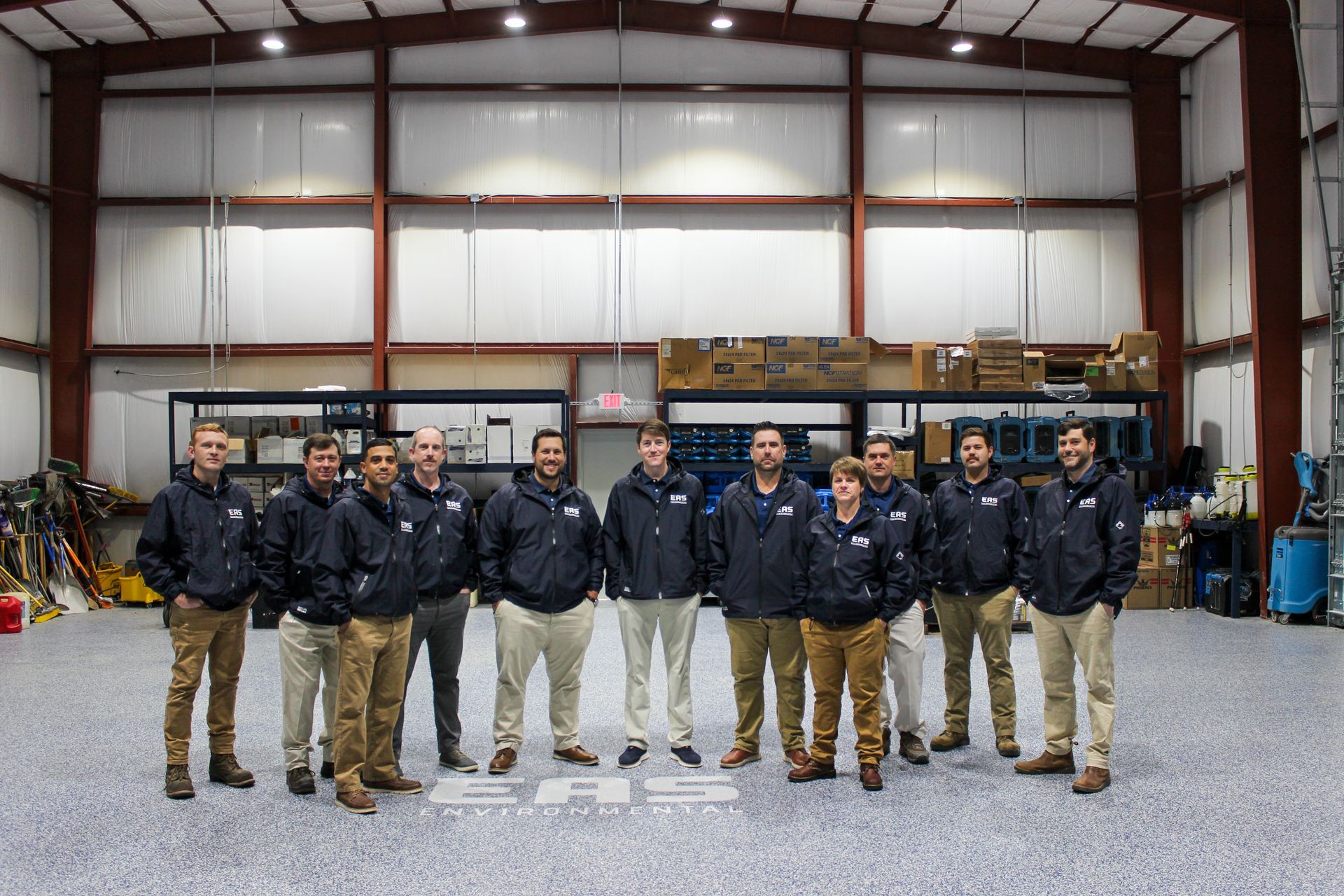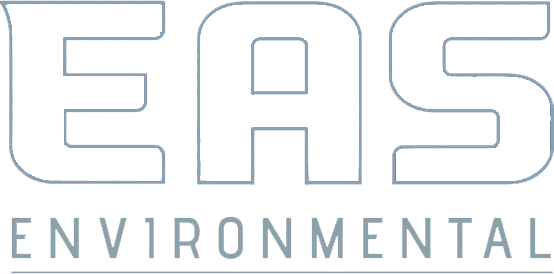
Mold is often the uninvited and unseen guest in our homes, offices, and communal spaces. While its presence may not always be immediately apparent or alarming, the health risks associated with mold can be significant, even severe. In this comprehensive guide, we'll explore the profound impact mold can have on health, the signs that you may be living with a mold problem, and the crucial steps to take for mold remediation.
The Invisible Nemesis – Understanding Mold
Mold is a type of fungi that thrives in damp, warm, and humid environments. It can grow almost anywhere moisture is present. What starts as a small, seemingly benign patch can quickly spread, releasing spores into the air that we breathe. While there are thousands of species of mold, several common varieties are known to impact human health, including Stachybotrys chartarum (black mold), Aspergillus, Cladosporium, and Penicillium.
When colonies of mold grow within a building, they can lead to structural damage, but more alarmingly, they can cause a range of health issues for occupants. Spores can enter the body through the skin, ingestion, or inhalation, triggering allergic reactions, respiratory problems, and even more severe conditions in some cases.
A Fragile State of Health: Mold's Impact on the Human Body
Allergies and Respiratory Ailments
For many individuals, mold spores act as allergens, similar to pollen. When inhaled, they can cause the body's immune system to respond with symptoms such as sneezing, runny nose, red eyes, and skin rashes. Those with mold allergies may experience more severe reactions, including difficulty breathing, asthma attacks, or hypersensitivity pneumonitis – a rare lung condition sometimes referred to as "moldy lung."
Toxic Mold Syndrome
Exposure to certain molds, often associated with water-damaged buildings, can lead to mycotoxin exposure. Mycotoxins are poisonous substances produced by molds, which can lead to mycotoxicosis, or "toxic mold syndrome." While the full scope and impact of this syndrome are still being studied and debated, it is clear that severe and chronic symptoms can occur in humans and animals after exposure to mold toxins.
Immunocompromised Individuals
People with weakened immune systems are at higher risk of fungal infection from mold exposure. This includes individuals undergoing chemotherapy, those with HIV/AIDS, and transplant recipients taking immuno-suppressants, among others. In these cases, the mold can cause superficial infections, allergic bronchopulmonary aspergillosis (ABPA), or invasive pulmonary aspergillosis – a life-threatening condition where the mold infection invades the lungs and spreads to other parts of the body.
Long-term Health Effects
Extended exposure to mold can lead to long-term health issues, particularly in individuals with pre-existing conditions or poor respiratory health. Studies have suggested a potential link between indoor mold exposure and the development of asthma in children. Additionally, there is ongoing research into whether mold may be a factor in the exacerbation of Parkinson's disease in older adults.
Are You Living with Mold? The Signs and Identification
The first battle in the war against mold is being able to identify its presence. Mold has a distinctive musty odor, which can be the first indication of its presence, however, there are several other signs that you may be living with mold:
● Visual Indicators: This is the most obvious sign, with mold appearing as discolored patches on walls, ceilings, or floors.
● Physical Symptoms: If you or your family members are experiencing health issues that improve when away from the home or office, mold could be the culprit.
● Water Issues: Past or current water leaks, flooding, or high indoor humidity are common precursors to mold growth.
● Building Materials at Risk: Porous materials like drywall, carpet, and insulation are more likely to host mold if they've been subjected to water damage.
Taking Action – The Importance of Mold Remediation
DIY Mold Removal – When Is It Appropriate?
Minor mold issues in small, non-porous surfaces can often be addressed by homeowners. However, it's critical to take precautions such as wearing protective gear — like a mask, gloves, and eye protection — and to ensure proper ventilation during the cleaning process.
Professional Remediation – The Best Defense
For substantial mold problems, or when mold is in hard-to-reach or porous materials, professional remediation is the safest and most effective course of action. A professional will have the tools and expertise to handle the mold and its removal, thereby minimizing the risk of exposure and ensuring that the mold is fully eradicated.
Preventing Future Infestations: Mold-Proofing Your Space
The best strategy to combat mold is to prevent it from taking hold in the first place. Here are several preventive measures to consider:
● Manage Indoor Humidity: Keep indoor humidity levels below 60% to prevent mold growth. You can use dehumidifiers and air conditioners, especially during humid months.
● Address Water Issues: Promptly repair any leaks in your roof, walls, or plumbing. If water enters your home, quickly and thoroughly dry out the affected areas.
● Improve Ventilation: Use exhaust fans in bathrooms and kitchens to remove moisture. Make sure your home has adequate ventilation in problem areas like attics and crawl spaces.
● Choose Mold-Resistant Materials: When building or renovating, opt for materials that are less hospitable to mold, such as mold-resistant drywall or paint.
The Legal Landscape Surrounding Mold
With the growing awareness of mold's health risks, there's been a corresponding increase in legal actions related to mold exposure. This includes lawsuits against property owners, landlords, contractors, and insurance companies. Legislation also varies from state to state, with some states having specific mold laws or mold-related portions of tenant-landlord law.
Conclusion – The Mold Mantle
Mold is often the overlooked foe in our quest for a healthy living environment. Awareness of its potential dangers and how to prevent, detect, and remediate mold infestations is vital for ensuring the health and safety of our homes and workplaces. By understanding the health risks, recognizing the signs of mold presence, and taking appropriate action to remediate and prevent infestations, we can protect our well-being from this insidious threat.
Remember, mold is a manageable issue if addressed in a timely, responsible manner. Arm yourself with knowledge, take preventive measures, and don't hesitate to seek professional help when needed. Your health is worth the effort.
Contact EAS Environmental Today!
EAS Environmental will do everything we can to ensure your experience with us is excellent.
Request A FREE Estimate
Request a Free Estimate Form
We will get back to you as soon as possible.
Please try again later.
Checkout Recent Post
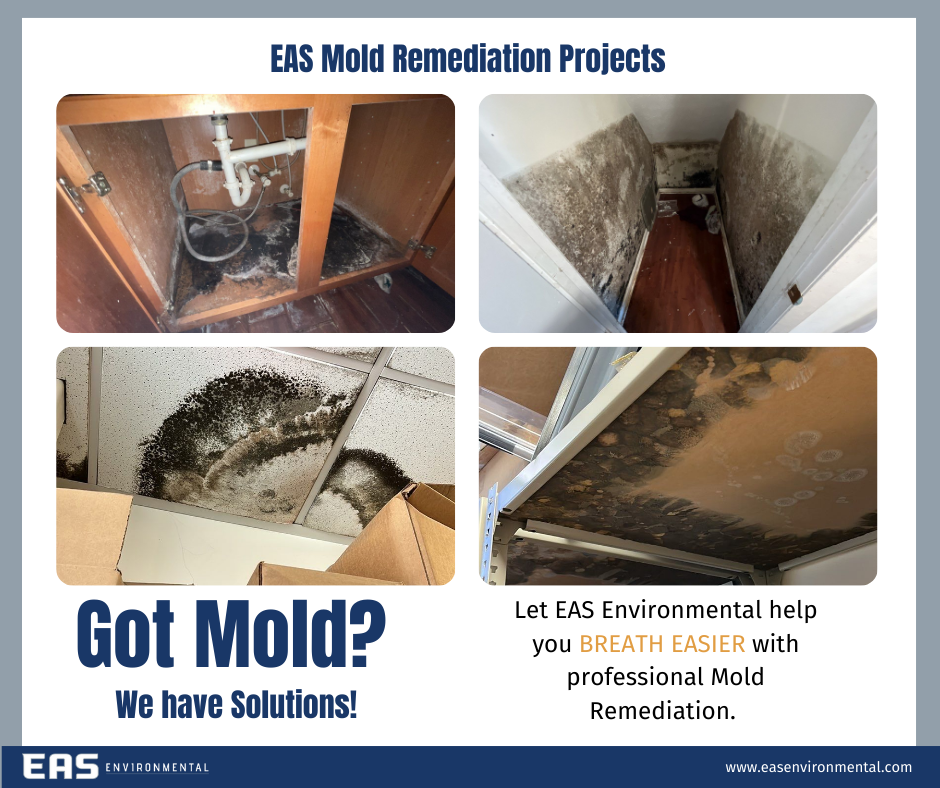
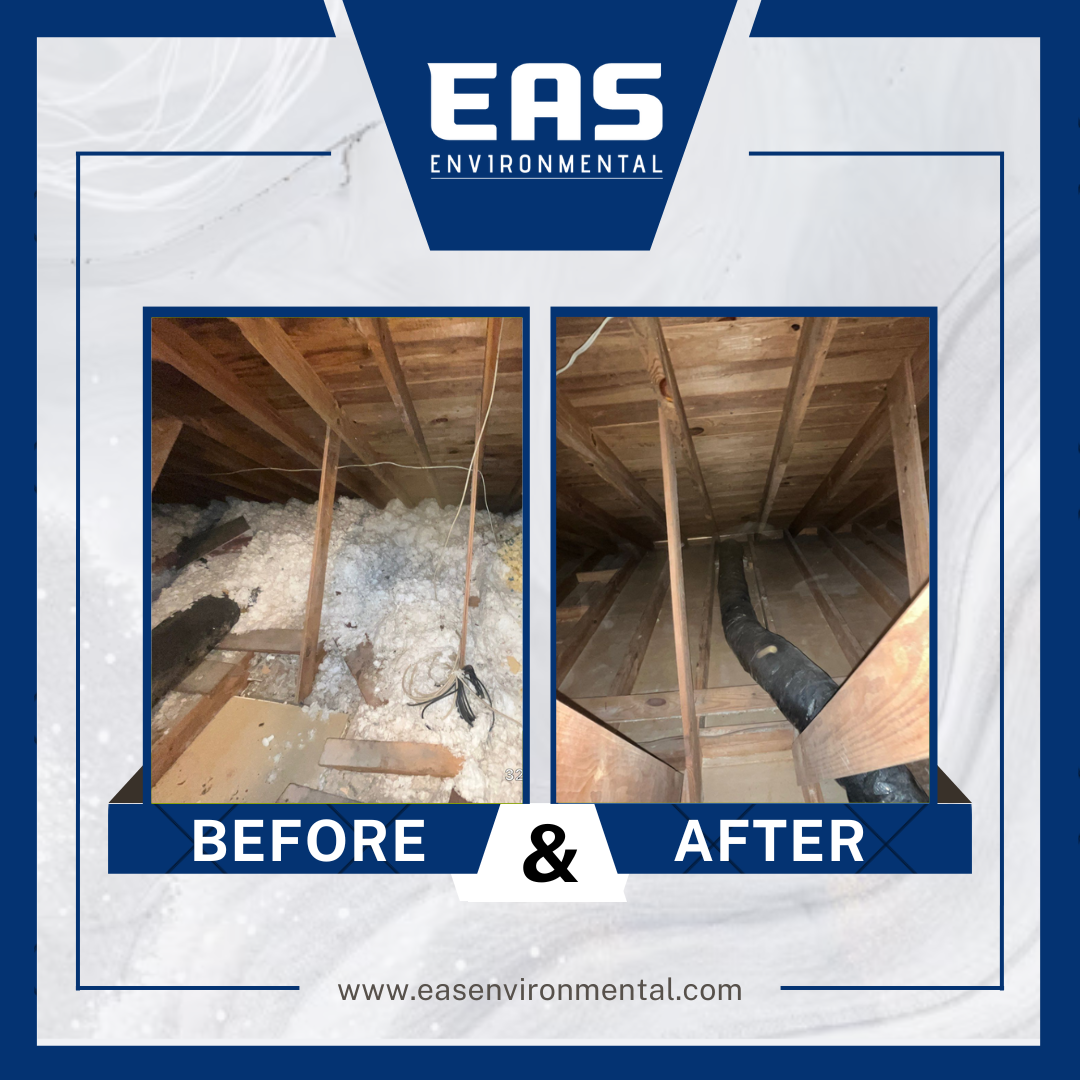

Got a Question? We’re Here to Help.
You can arrange an appointment or make an enquiry by phone or email, orget in touch to us via our contact form.
EAS Environmental is a specialty asbestos and lead abatement and demolition company that service the state of South Carolina.
CONTACT INFORMATION
Phone: 843-977-3273
Email: sturner@easenvironmental.com
Address: 125 Bud Lane Ladson, SC 29486
All Rights Reserved | EAS Environment
Privacy Policy | Terms & Conditions | Sitemap
